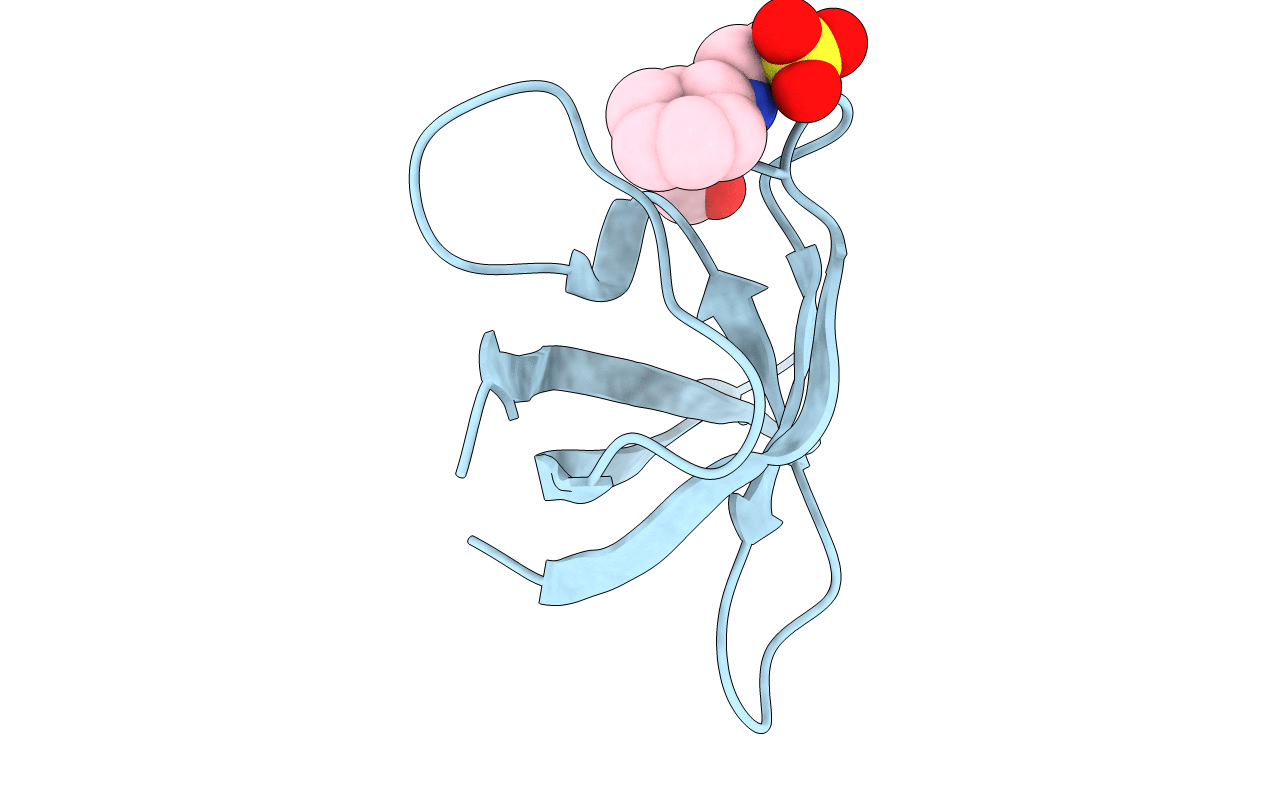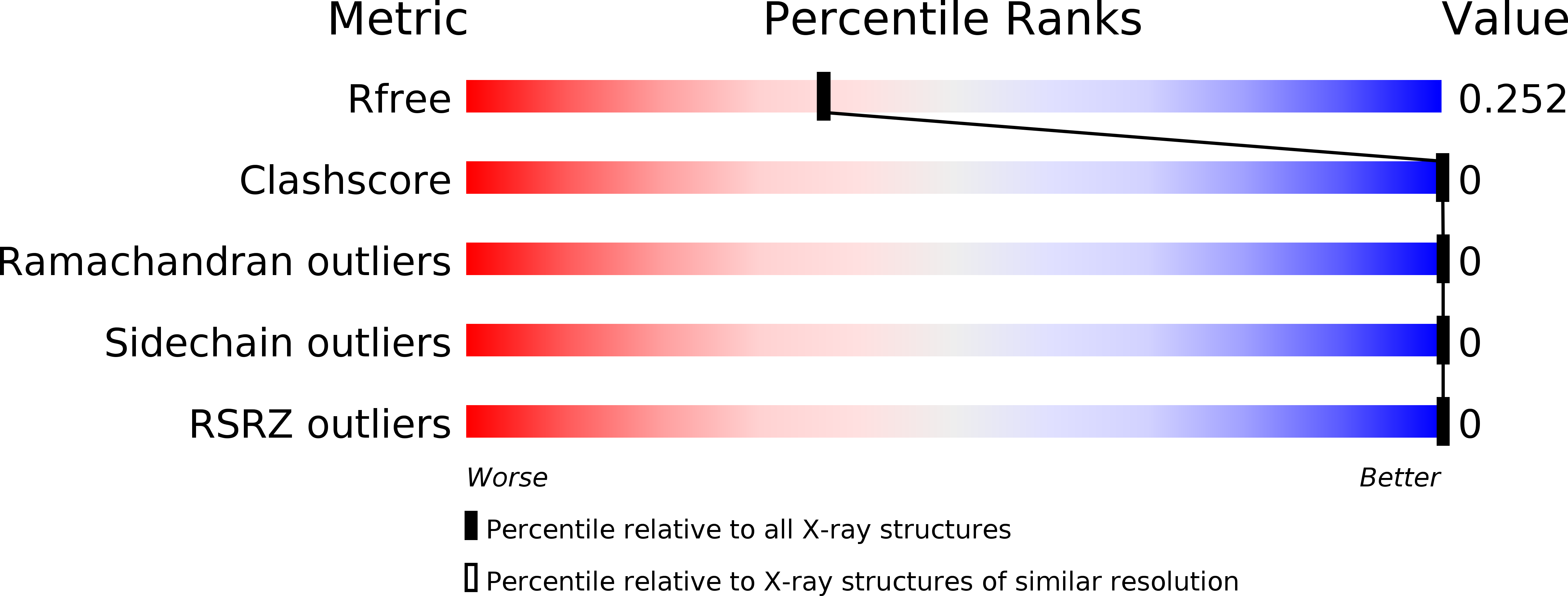
Deposition Date
2019-10-02
Release Date
2020-02-26
Last Version Date
2024-01-24
Entry Detail
PDB ID:
6T00
Keywords:
Title:
Crystal structure of Cold Shock Protein B (CSP-B) containing 4-F-Phe modified residues
Biological Source:
Source Organism:
Bacillus subtilis (Taxon ID: 1423)
Host Organism:
Method Details:
Experimental Method:
Resolution:
2.10 Å
R-Value Free:
0.25
R-Value Work:
0.19
R-Value Observed:
0.20
Space Group:
P 43 21 2


